US ammunition supplies fade as Ukraine war depletes stockpiles
The US will soon run out of certain types of ammunition deemed essential to Ukraine’s war against Russia as supplies are being used up faster than can be replaced, a major US think tank has warned.
After sending nearly $17 billion in military aid to Kiev, American stockpiles of some military hardware are “reaching the minimum levels needed for war plans and training,” however, and restocking to pre-invasion levels could take years, wrote Mark Cancian of the Washington-based Center for Strategic and International Studies (CSIS).
Washington is "learning lessons" from the conflict about ammunition needs in a great power war, which are "far greater" than expected, a US military official acknowledged.
The US has been by far the the largest supplier of weapons to Ukraine since Russia launched its “special military operation” there in February, supplying more than 800,000 NATO standard 155mm artillery shells to Kiev - three-quarters of the total amount delivered by all Western countries, according to official Pentagon statistics.
The amount of shells Washington has provided "is probably close to the limit that the United States is willing to give without risk to its own war-fighting capabilities," Cancian further emphasized.
According to the report, US production of these shells currently stands at 14,000 per month, but the Pentagon has declared that it intends to increase that figure to 36,000 within three years. However, that would still only bring annual production to 432,000 -- less than half of what has been provided to Ukraine since February.
This is while the US military industry production is speeding up, Laura Cooper, a senior defense department official responsible for Russia and Ukraine, stated on Tuesday.
"The United States will continue to stand with the Ukrainian people and provide them with the security assistance they need to defend themselves for as long as it takes," she further boasted.
Some US-provided equipment, the report notes, has become emblematic of the war in Ukraine, such as Javelin anti-tank weapons that have been widely used by Kiev's forces to quell the Russian advance on the capital, as well as the HIMARS, a precision rocket system reportedly playing a key role in counter-offensives against Moscow's forces in the east and south.
However, US stocks of ammunition for HIMARs -- which fires GPS-guided rockets known as GMLRS, with a range of more than 80 kilometers -- are diminishing, the report points out.
"If the United States sent one-third of that inventory to Ukraine (as has been the case with Javelin and Stinger), Ukraine would receive 8,000 to 10,000 rockets. That inventory would likely last several months, but, when the inventory is exhausted, there are no alternatives," said Cancian, who has worked on weapons procurement for the US government in the past.
"Production is about 5,000 a year. Although the United States is working to increase that amount, and money has recently been allocated for that purpose, it will take years," he further emphasized, noting that older equipment could help fill the gap.
According to the report, the US has also supplied Kiev with nearly 8,500 Javelin missiles, but production of the key anti-tank weapon used in the conflict is only about 1,000 per year.
The US government ordered $350 million worth of the missiles in May, but it will again take several years before stockpiles are replenished.
American weapons makers, meanwhile, were forced to drastically reduce their production in the 1990s as the Washington slashed military spending following the collapse of the former Soviet Union, and their number fell dramatically, from dozens to single digits.
Now, the US government must convince the industry to reopen assembly lines and relaunch production of items such as Stinger anti-aircraft missiles, which have not been made since 2020, the CSIS argues.
China expected to raise Iran oil imports amid Venezuela tensions: Report
Advocacy groups launch media campaign to ‘save’ Palestinian prisoners
VIDEO | Venezuelans call for release of kidnapped President Maduro
VIDEO | Israel keeps Rafah crossing closed
UN demands Israel end ‘apartheid system’ in occupied West Bank
VIDEO | Press TV's news headlines
VIDEO | Israel dreams of chaos in Iran
VIDEO | Iran's pharmaceutical story


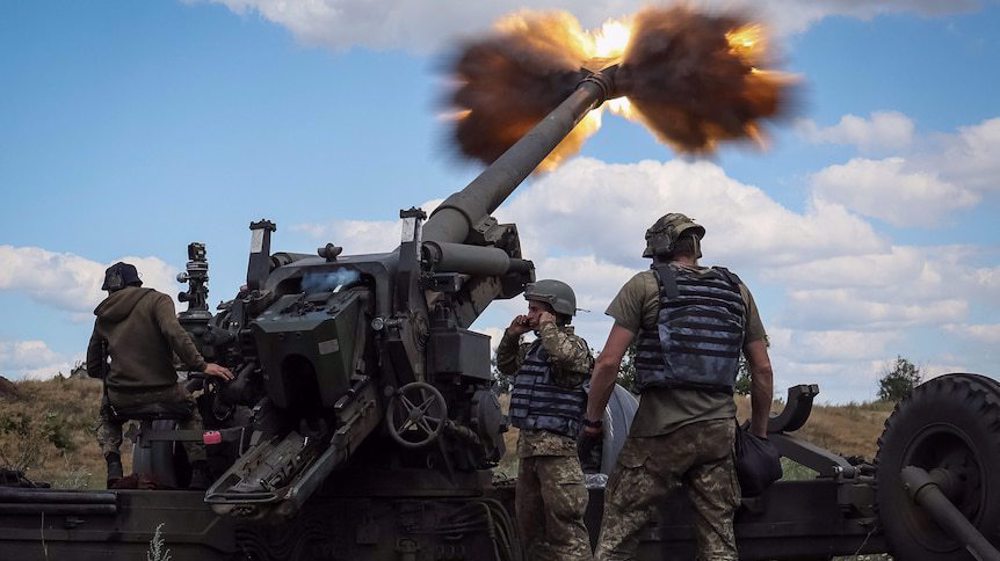
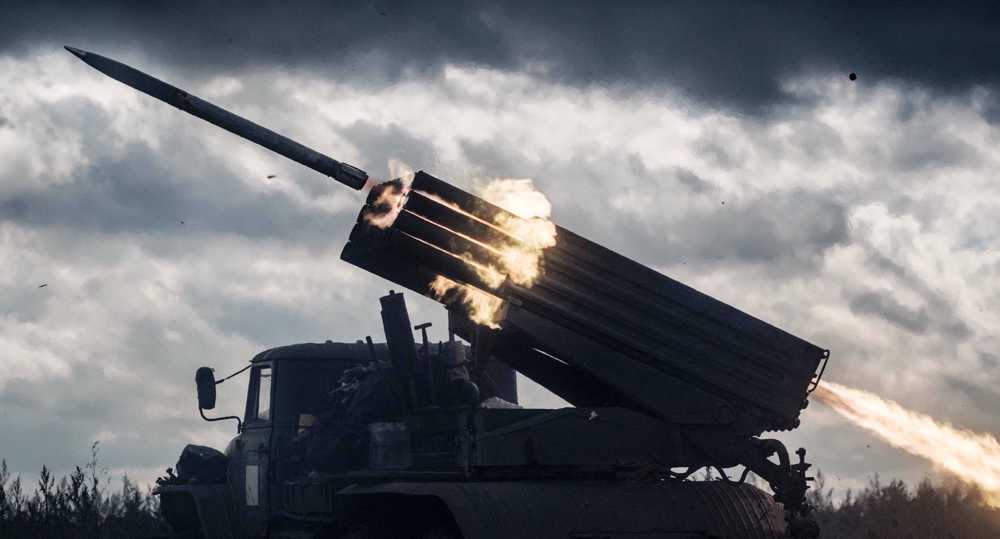






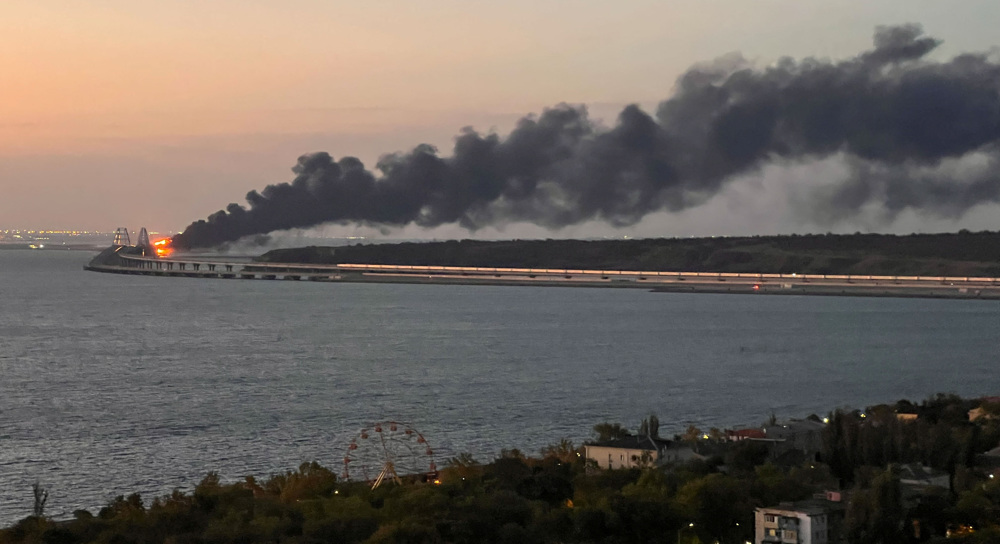
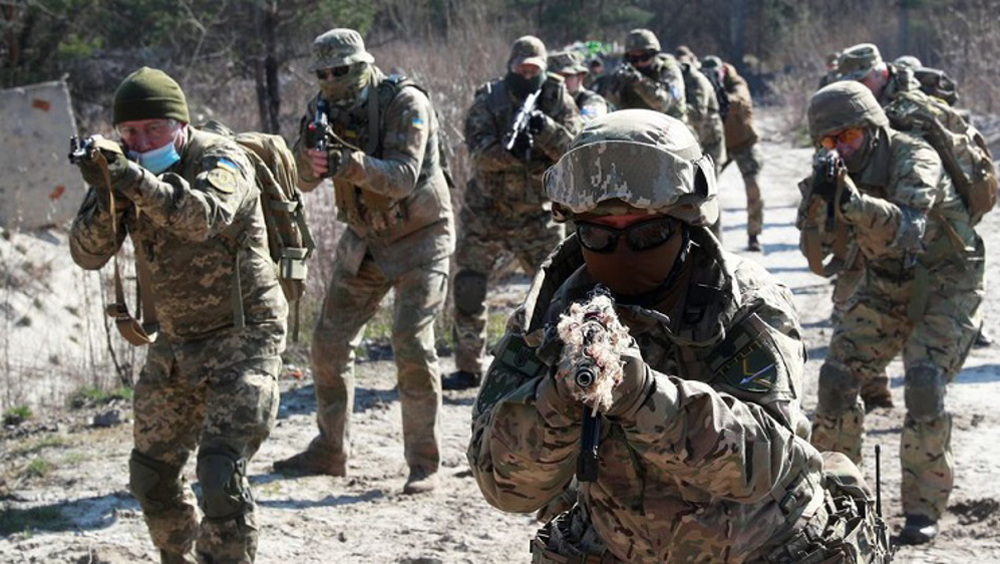
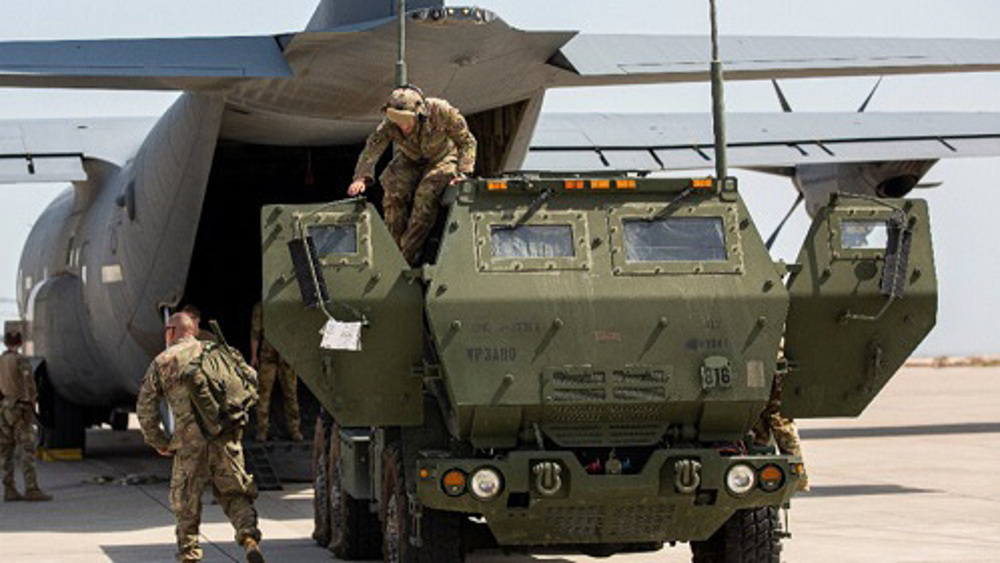

 This makes it easy to access the Press TV website
This makes it easy to access the Press TV website